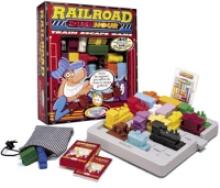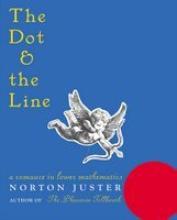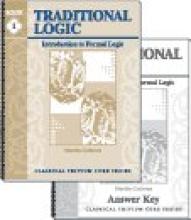Thinking Skills
Railroad RushHour: Train Escape Game
I can hardly say enough good things about this fun and thought-provoking game (which a good friend gave to my son for his birthday a few days ago). Each of the 50 playing cards presents a puzzle scenario which you set up on the gameboard with the train pieces. The object is to move the pieces around until you can get the red locomotive off the board. The puzzle scenarios gradually increase in difficulty, but all of them are fun and challenging (even for parents!). Our family has already enjoyed many hours with this puzzle and, given the large number of puzzle scenarios, the variety of challenge levels and the keen interest to a broad range of ages, I'm sure we'll be enjoying and learning from it for a long time to come. Our children as young as six were able to play the game.
Although there are a number of pieces, they are big enough to not get lost too easily or be terribly dangerous for little ones (although I wouldn't trust those in the choking-range with the pieces). We punched holes in the card deck and keep them together with a binder ring. My only complaint is that the colors of the playing pieces didn't match the colors on the playing cards very well.
Includes: game board with 19 pieces, card deck and travel bag
The Dot and the Line
"Freedom is not a license for chaos" is my son's signature below his email messages. It was written by Norton Juster, of The Phantom Toolbooth fame, and it comes from our almost-17-year-old's favorite book.
The phrase is the turning point and premise of this amazing, simply delightful little Math book. Math? That is our son's most disliked subject. Wait, The Dot and the Line is not a Math book! It is a hilarious comedy! But is that all? It is a romance, a story of love deeply felt, pursued, capable of provoking great things in the soul. In a little math book? Is it possible? Yes, it is.
Our classic languages-loving son reads it aloud every time this book visits us from the library. He suffers with the straight, dull and unbending line when driven to the "edge" (of the paper— the line is drawn on the edge of the page) as the "perfect by every measure" dot flirts around with the anarchist, slothful squiggle. Moved by great love, the line at first attempts to show its own grandeur by asserting its importance in art, world politics, sports. To no avail: the dot is not impressed. Then the unimaginable happens: when almost giving up, the line, using great concentration, becomes able to make angles!
What follows next is what makes this little book a great book: the enthusiastic line makes more and more angles in a chaotic frenzy, until... it realizes that chaos without order leads nowhere. It stops, straightens itself again and it discovers that freedom is not a license for chaos. From then on, life changes for the line: exercising great control and virtue, it discovers a new world:
For months he practiced in secret. Soon he was making squares and triangles, hexagons, parallelograms, rhomboids, polyhedrons, trapezoids, parallelepiped, decagons, tetragrams and an infinite number of other shapes so complex that he had to letter his sides and angles to keep his place. Before long he had learned to carefully control ellipses, circles and complex curves...
Ah, the virtue of Mathematics! The beauty of its exact angles and dimensions. The rhythm, art and music of what it is able to create, using exercise and order! I will refrain from spoiling it completely for the new reader, but let me repeat the "moral" of the story: to the vector, the spoils.
The back jacket, after telling us that the author, among other things, runs "a support group for negative numbers" (one can glimpse Mr. Juster's opinion of the state of the culture in the 60s) mentions an award winning film, and I found it on You Tube. I was happy to see that that the screenplay was also written by the author but I warn you that the book is much better. This new 2001 edition has wonderful graphics and some different pictures as well.
Original copyright 1963.



